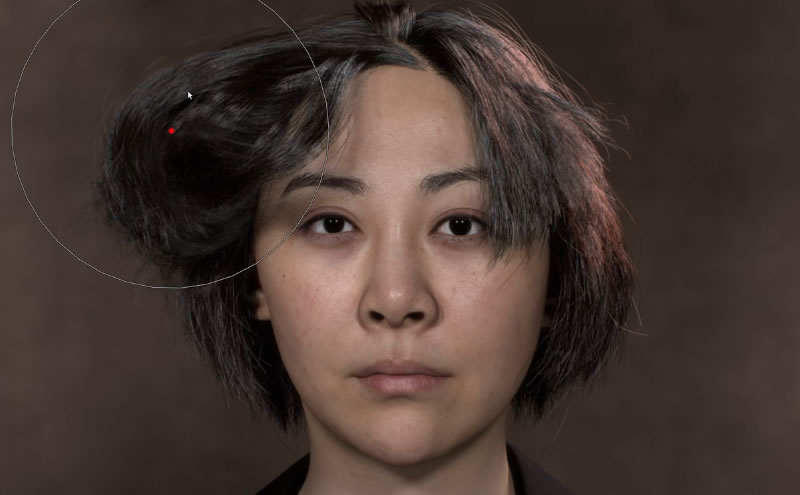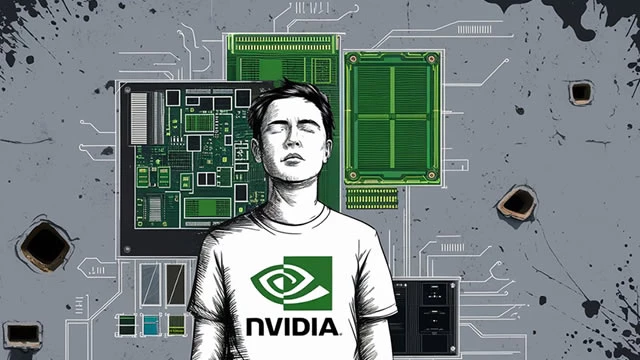The California-based tech titan, NVIDIA (NASDAQ: NVDA), is all set to unveil more than 20 research papers dedicated to artificial intelligence (AI) at the premier computer graphics conference (taking place Aug. 6-10 in Los Angeles). An initial review of the papers shows these advancements have the potential to accelerate different sectors like gaming, animation, and computation, by 10 to 100 times. If you're an investor or simply interested in the AI scene, these papers hint at a significant evolution in NVIDIA's capabilities, promising lucrative opportunities for the company's stakeholders.
Traditionally, producing high-quality graphics, like those seen in Marvel or Pixar films, consumes a significant amount of time and resources. For instance, rendering a single frame for a Marvel movie takes roughly seven hours on average. With NVIDIA's new research, the company aims to drastically shorten these timelines, marking an important breakthrough in the animation and film industry.
One notable study focused on "real-time neural appearance models", which can render film-quality materials in real-time. The concept involves using a neural network trained to understand light interactions with different materials, textures, and geometries. Consequently, rendering steps become significantly more efficient, with the potential for rendering complex materials up to 10 times faster than conventional methods.
This speed isn't just about improved efficiency. It could potentially revolutionize the gaming and animation industry, enhancing the realism of interactive experiences, and creating more immersive virtual environments. Given NVIDIA's strong footing in these markets, these developments could see the company reinforcing its lead against competitors.
Another NVIDIA paper revolves around "neural compression of material textures", specifically designed for compressing image files, like those used in video games, architectural renderings, or product designs. This technique is not just about data reduction; it aims to limit visual artifacts in the image after decompression. The result? Up to 30% less memory usage and 4 times higher resolution capability, making it a game-changer for industries dealing with high-quality images.
NVIDIA is also working on making virtual worlds more immersive with research dedicated to realistic simulation of hair, fur, and grass. Historically, animating these elements was resource-intensive and often failed to maintain immersion when in motion. NVIDIA's new research offers a solution that's around 126 times faster than previous methods, raising the bar for video games and CGI movies.
Additionally, NVIDIA is working on breakthroughs in facial recognition technology. Their research on "Live 3D portraits" presents a real-time method to calculate and render faces from a single, unposed image, providing massive implications for various industries, including social media, security, virtual reality, and more.
This array of innovations is a testament to NVIDIA's extensive R&D capabilities. Investors should be excited by these advancements as they can drive growth across multiple sectors. This leap in AI capabilities has the potential to unlock new markets and applications for NVIDIA, which could lead to substantial future revenues.
NVIDIA's research papers are also a timely reminder of the role of synthetic data in AI. With growing regulatory challenges around AI training on real data, NVIDIA's success with synthetic data is a significant achievement.
In essence, NVIDIA's breakthroughs in AI technology are poised to change the game in multiple industries, and for NVIDIA itself. As the company continues to expand its AI capabilities, NVIDIA's stock could be poised for substantial growth, making it a fascinating prospect for tech-focused investors.

















Rate this article